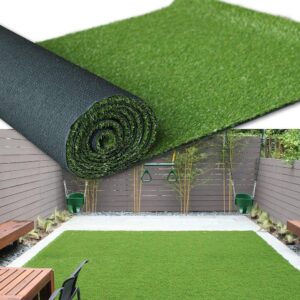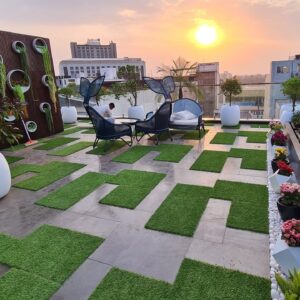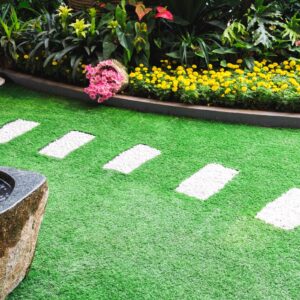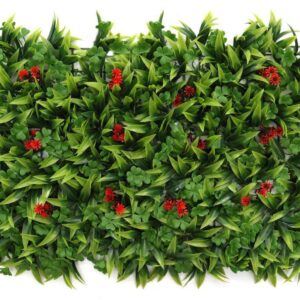A natural vertical garden, also known as a living wall or green wall, is a vertical arrangement of plants or vegetation that is grown on a vertical surface, such as a wall or a specially designed structure. Unlike traditional gardens that grow horizontally on the ground, vertical gardens utilize vertical space to create a lush and green environment.
Key features of a natural vertical garden include:
1. Vertical Structure
These gardens can be attached to walls, fences, or freestanding structures designed specifically for holding plants vertically.
2. Plant Variety
Various plants, including both ornamental and edible species, can be used in a vertical garden. Common choices include ferns, succulents, mosses, and other low-maintenance plants.
3. Soil or Substrate
Vertical gardens use a growing medium, often a specialized mix, to support plant growth. The medium should retain moisture while allowing for good drainage.
4. Irrigation System
To ensure the plants receive adequate water and nutrients, most vertical gardens incorporate an irrigation system. Drip irrigation or a hydroponic system may be used.
5. Aesthetics and Design
Natural vertical gardens are not only functional but also aesthetically pleasing. They can be designed in various patterns and arrangements to create visually striking displays.
Benefits
Vertical gardens offer several benefits, including improved air quality, reduced urban heat island effect, noise reduction, and the promotion of biodiversity in urban environments. They can also serve as insulation for buildings, reducing energy consumption.
Maintenance
Regular maintenance is required to keep the plants healthy. This may include pruning, fertilizing, and monitoring for pests or diseases.
Vertical gardens are often used in urban areas where space is limited, or as decorative elements in homes, offices, and public spaces. They provide an innovative and eco-friendly way to incorporate greenery into vertical surfaces, enhancing aesthetics and environmental quality.







